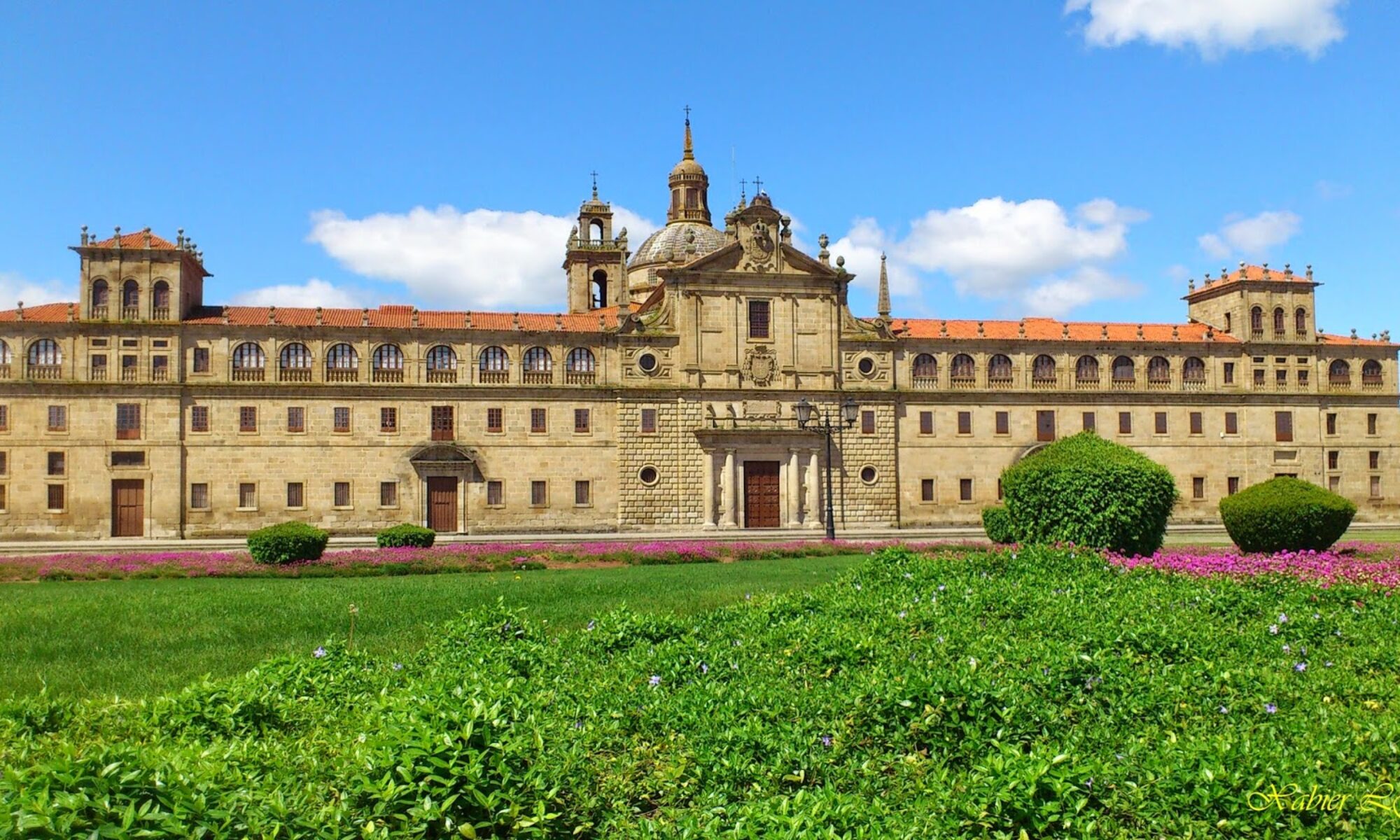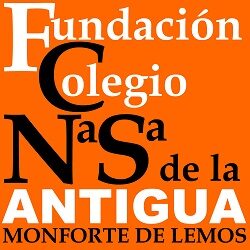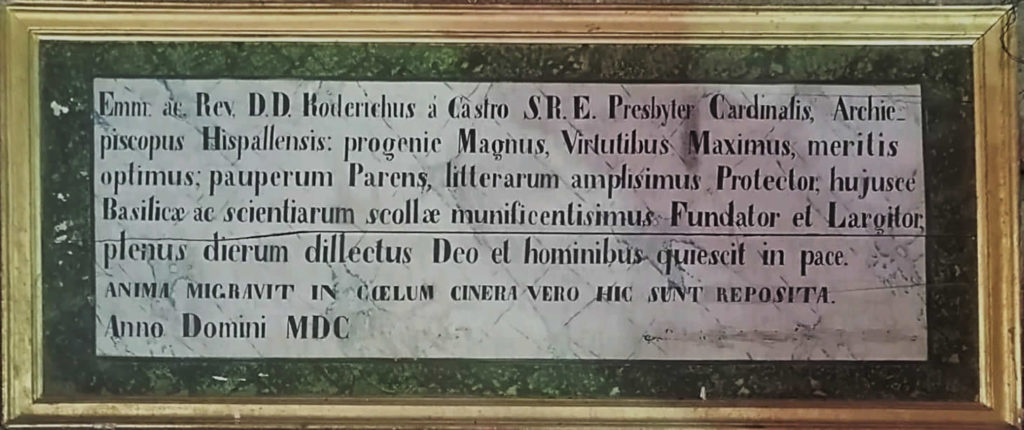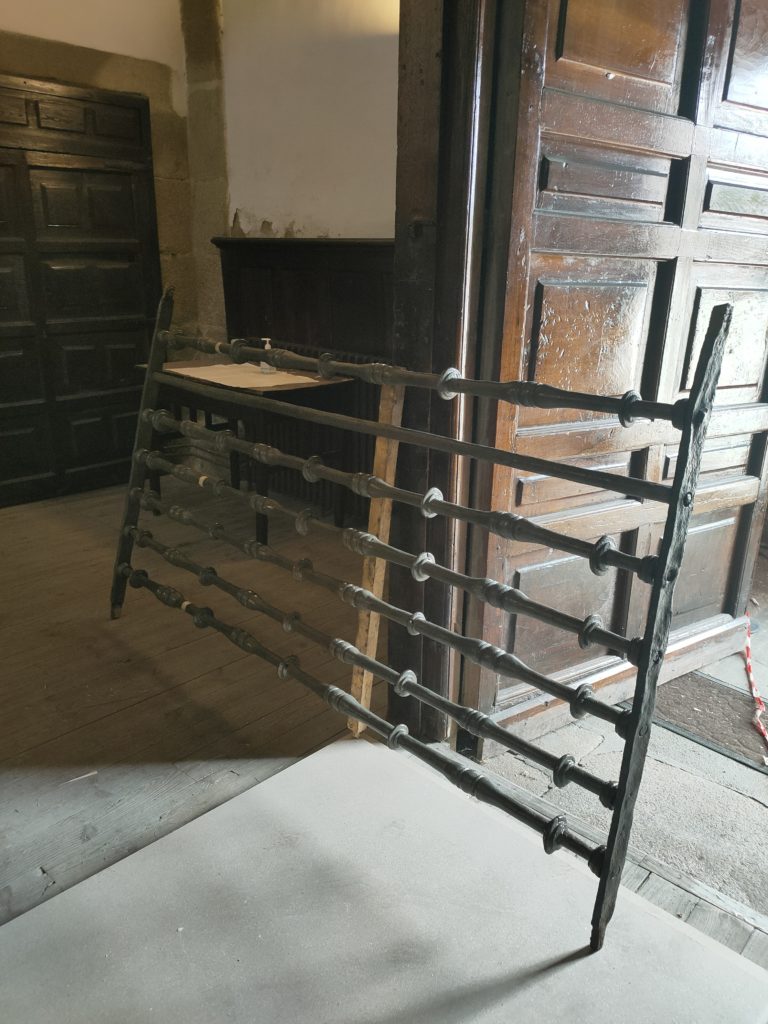On Thursday October 23, and with the guidance of the architect responsible for the work, Mr. Manuel Freire, a former student of this school, we had two visits to the work of rehabilitation of the vault of the presbytery of the Church of Nª Sª de la Antigua de our Foundation.
The first visit was from the Board of Directors of the Lugo Surveyors Association. The second, in the afternoon of that day, students and professors of the Master of Rehabilitation of the University of A Coruña. Everyone was delighted by the impressiveness of the rehabilitation and its technical difficulty. Being a real luxury to be able to observe the work from the top of the scaffolding at 18 meters high with a perspective of the church impossible to see at other times.
The visit to the museum of both groups, led by the Director of the College, greatly contributed.



































